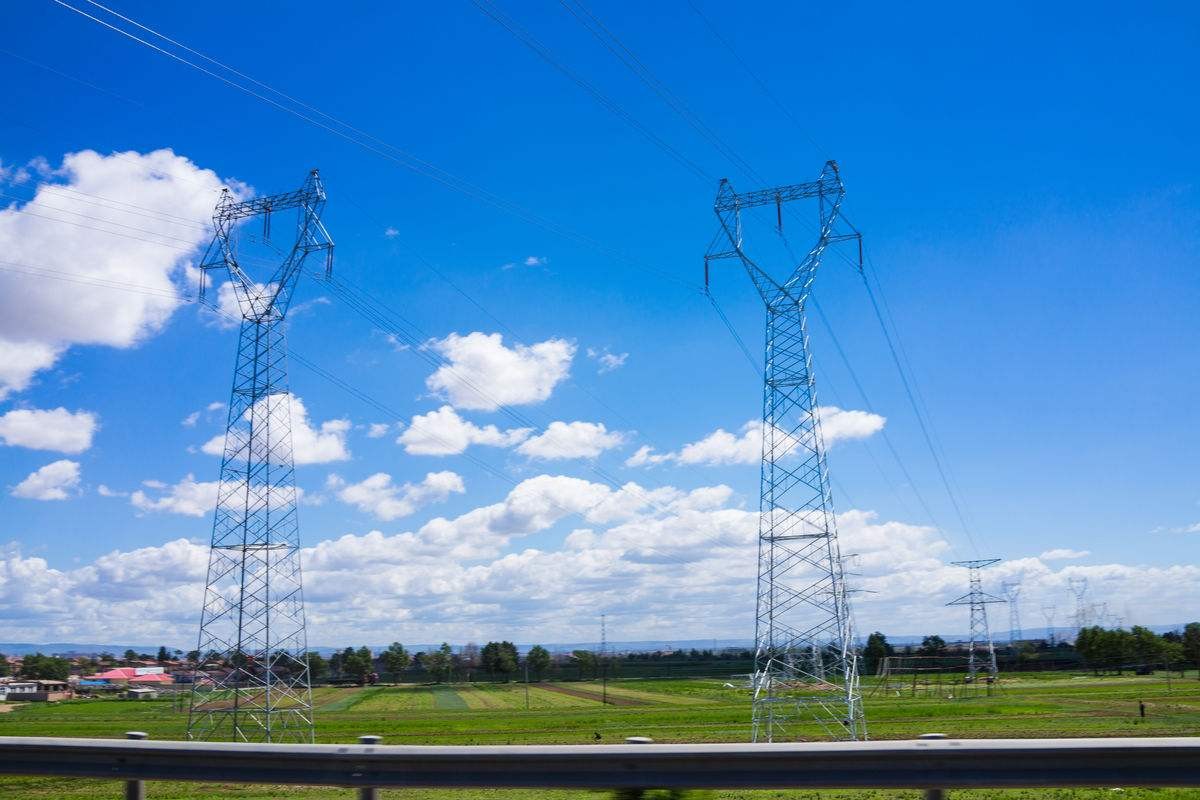
During another typhoon season, the outdoor overhead power system will again face a severe test.
According to research, on overhead transmission lines, the wind pressure on the conductor accounts for about 50%-70% of the wind pressure on the entire transmission line.
In addition to the strength of the wire itself to resist the role of wind load, the support of the wire tower must also be able to carry the wind load transmitted by the wire and its tower itself by the combined effect of wind load.
As can be seen, the wind pressure of the conductor on the tower foundation and tower body strength design has a significant impact, and reducing the wind pressure of the conductor will help improve the safety of line operation.
On this premise, the development of low wind pressure wire, reducing the impact of wind pressure on the wire, will become the most critical direction in producing overhead cable.
ZMS cable from the product structure and materials and other aspects of continuous upgrading and optimization, the successful development of capacitance-enhanced low wind pressure wire, which will solve the problem of overhead
transmission lines encountering high winds, capacitance, and corrosion resistance.
It also mainly reduces the damage brought by typhoons and protects the lives and properties of the people.
Typhoons often trigger large-scale tripping of transmission and distribution lines, tower collapse, and broken lines, and storms also bring great difficulties to repair and fault recovery.
Although the impact of wind speed is generally considered in the design of overhead power in the grid when the wind speed exceeds a certain value, the mechanical load of the line equipment in the horizontal direction of the wind will increase,
prone to short circuits and other accidents, the safe operation of overhead transmission lines poses an objective threat.
Low wind pressure conductors help to reduce the impact of wind pressure on the conductor.
In the case of the same conductor diameter, compared with the traditional steel-core aluminum strand, a low wind pressure conductor has a smaller wind resistance coefficient, i.e., it bears less wind load.
It is especially suitable for coastal areas affected by wind, with profound application value and broad market space.
Low wind resistance coefficient
Compared with the same specification of the steel-core aluminum strand, the cable has the advantages of small DC resistance, large pull-to-weight ratio, good arc sag characteristics, large transmission capacity, and small wind resistance coefficient.
It can increase capacity by more than 80% and reduce wind resistance by 16-28% when applied in the coastal area of the southern power grid.
Low line loss
Through the conductor material and wire structure innovation, not only to meet the line loss reduction to reduce more than 3% but also to meet the reduction of wind pressure of more than 15%.
It also has the characteristics of corrosion resistance and strong wind resistance, which is the preferred conductor for coastal areas to solve high wind, capacity increase, and corrosion resistance.
In addition to typhoon areas, the following are some common areas where overhead lines can also be applied:
1 In rural areas, overhead lines can transmit electricity over longer distances, which is especially important for areas far from urban power supply.
2 Overhead lines are also suitable for open areas where it is easier to find sufficient bus bars and the heat dissipation effect is more significant.
3 In hot, rainy, and windy environments, overhead lines are easier to maintain than cables because rain can wash away lines and supports, and wind can carry away leaves and fine debris.